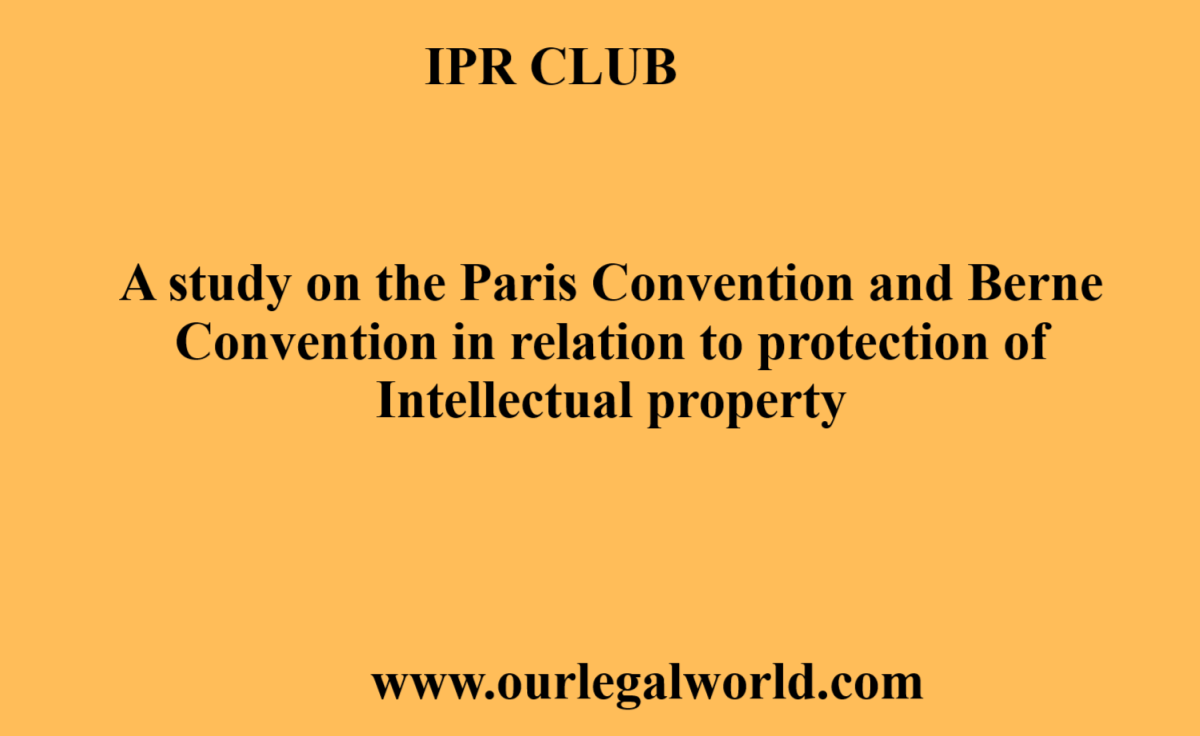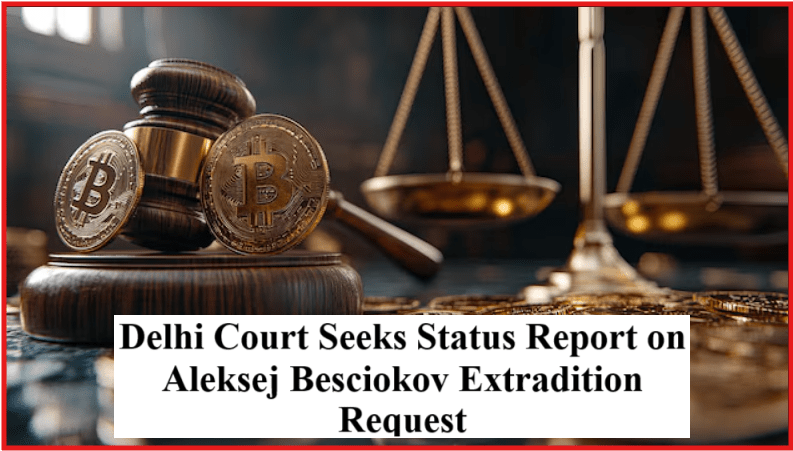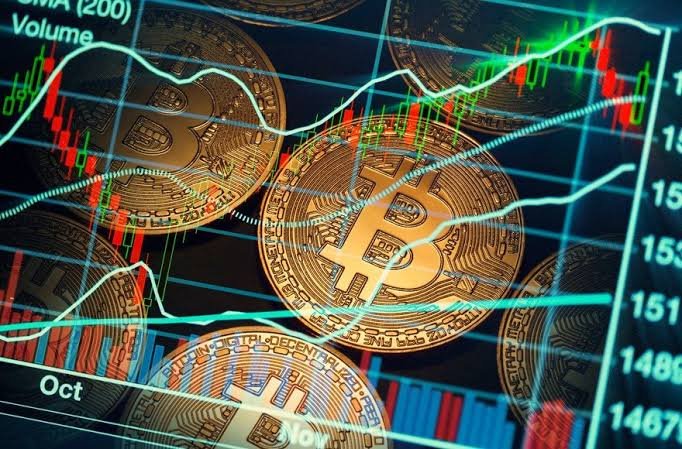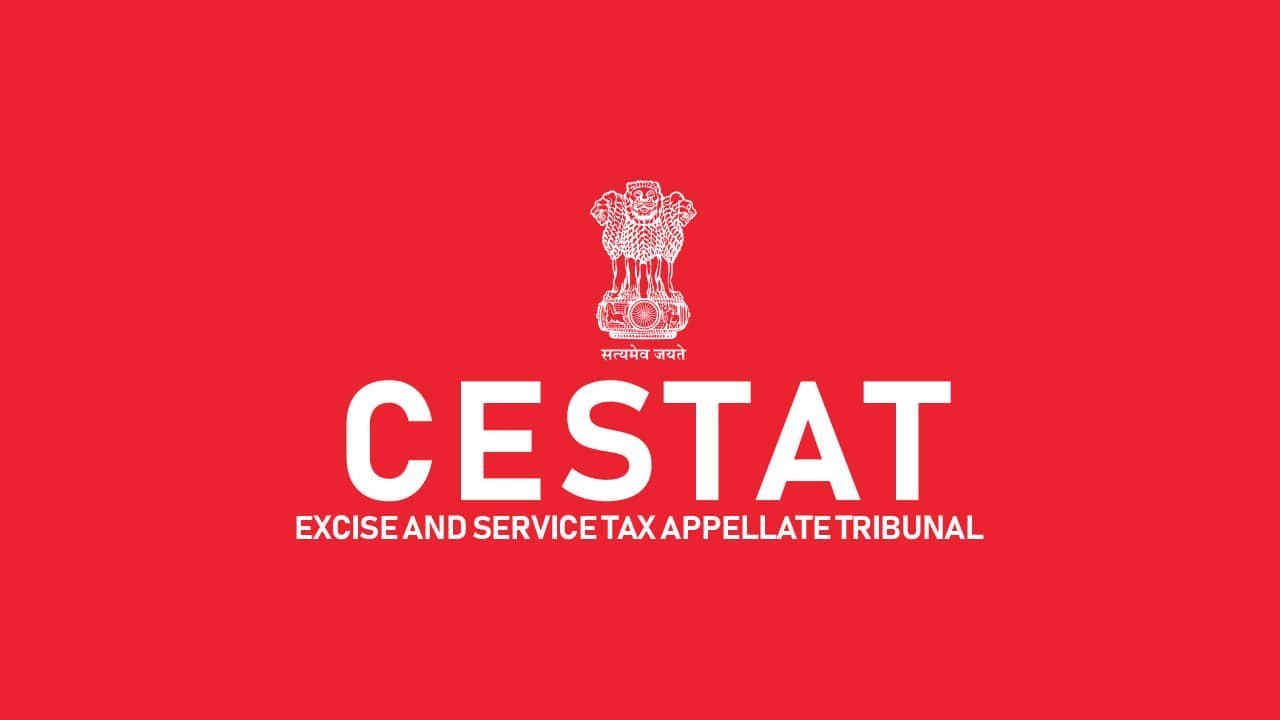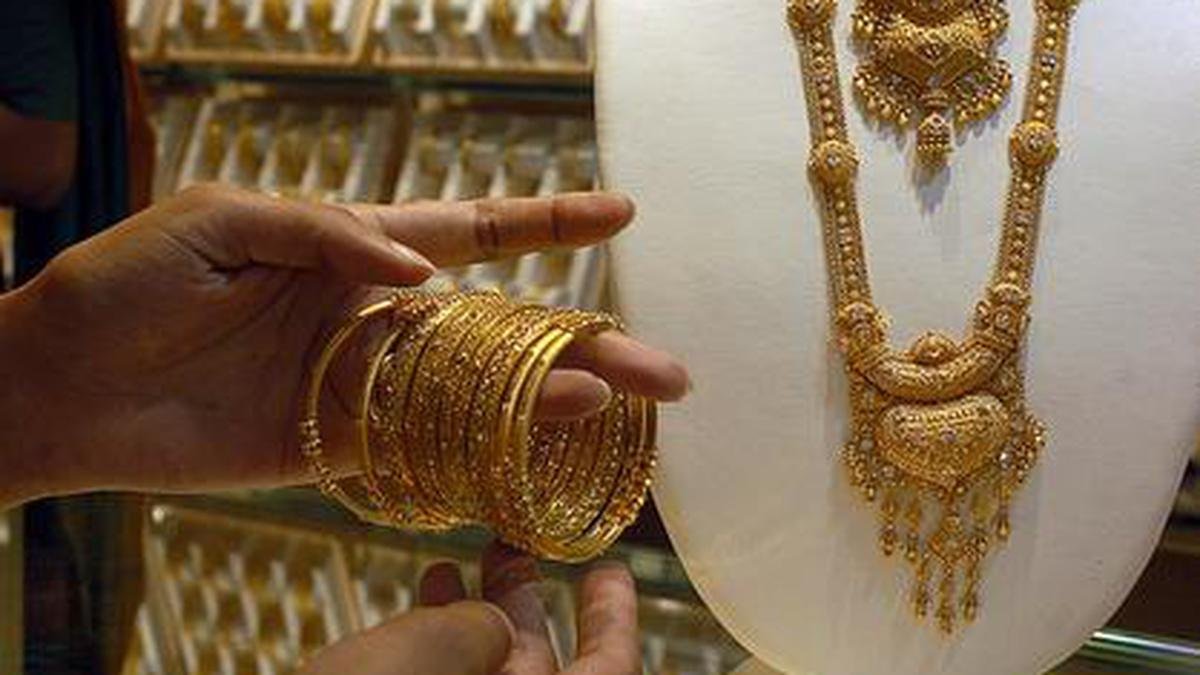CELEBRITIES AND THE 3 P’S: RIGHT TO PERSONALITY, PRIVACY, AND PUBLICITY UNDER INTELLECTUAL PROPERTY LAWS
INTRODUCTION
In today’s social media-driven world, the influence and importance of celebrities has grown tremendously. The mass is curious to know about their favourite famous personalities. Broadly speaking a celebrity is essentially a famous person. An individual may acquire this fame either naturally or as a result of his aptitude or intelligence. The word derives from the Latin word “celebritatem ” which refers to the state of fame.
It is common knowledge that the term “celebrity” today refers to both well-known and notorious people, including actors, athletes, politicians, and artists of all genres. However, the term “performance” is mentioned in Section 2(qq) of the Copyright Act, 1957, even though the term “celebrity” is not used in India.
Applied to Titan Industries Ltd[1] case wherein, a single judge bench (Manmohan Singh, J.), of the Delhi High Court responded to these inquiries. “A renowned or well-known person is what is meant by the definition of a celebrity”, the statement said. Any person ‘many’ people talk about or are aware of can be considered a ‘celebrity’. The two key elements of it are therefore ‘validity’ and ‘identifiability’, which must be proven in order to build a case for Celebrity Rights infringement.
A famous person is a celebrity. A celebrity in today’s society is any writer, actress, model, performer, athlete, politician, or other individual who attract the public’s interest. Based on how the general public views and perceives them, they are categorized as celebrities. They are well-liked and have a big impact on lots of people, both professionally and in other ways. As stated before in today’s fast-paced and social media-ruled world people have more access to the lives of their favourite celebrities, influencers and famous personalities more than ever. However, this curiosity and drive to delve into the lives of celebrities’ can sometimes cross limits and invade their privacy and certain aspects of their lives they wish not to share with the public. At this juncture, this can raise the argument that by virtue of their celebrity status and the love and interest of the public for them, these things are bound to happen. At the same time, one can argue that the celebrity status of a famous personality does not automatically negate the fact that as humans and citizens of the country, they too have all the rights as any other citizen including their right to privacy.
Since celebrity rights are not mentioned in any specific legislation, they are not regarded as fundamental legal rights. As people and as public figures, they have many rights. Existing laws that comprise a collection of rights impose application and authority over these rights. By providing goods or services to the general public, one can pass-off another person’s trademark or brand, whether knowingly or unintentionally. They have access to a variety of rights, including those related to rental properties, performance rights, privacy rights, and personality and character rights. Trademark law and copyright law both have the power to protect celebrities’ interests. A fundamental right in India, the right to privacy is safeguarded by laws like the Trademarks Act, 1999 and The Copyright Act, 1957.
RIGHT TO PERSONALITY
Being admired by another entity can be done through one’s personality. By shaping their personalities, people create an image of themselves and the behaviour that is expected of them in society. According to their unique geniuses, each personality makes a different contribution to society. For a person to recognize another and determine his place in society, an object must have a persona.
Through the development of one’s persona, a person establishes expectations of themselves in the eyes of others and the path in which they are prepared to be humiliated in the fraternity. For instance, society members will each have a unique personality. The public anticipated benefits from a sportsperson, an actor, a spiritual high priest, a politician, and management.
A person’s personality can be distinguished by certain traits like voice, appearance, body language, etc. The most important aspect of any celebrity is their personality rights, also known as celebrity rights because they are only available to celebrities. In order to prevent their identities from being abused or exploited, these rights primarily apply to famous people or other prominent public figures.
Creating a similar personality requires a lot of work and careful thought, there is no doubt about that.
Numerous passionate, deferential, and moral principles make up a person’s personality. Celebrities may have a special place in their hearts for these reasons.
Nevertheless, the media frequently violates a celebrity’s right to an individual identity by linking them to ideas or endeavours that run counter to the persona they have cultivated in society and, as a result, may be considered to be beneath them. For instance, if a revered spiritual leader had consistently preached to society against the use of alcohol and tobacco, his “personality/moral rights” would be gravely violated if his image were to be used to incite the same behaviour among his disciples on Biri or Khaini packs.
RIGHT TO PRIVACY
Because celebrities have a popularized image in society, people frequently portray them as their friends and become curious about every private aspect of their lives, ranging from their private relationships to something as trivial as the clothes they wear, the cosmetics they use, and the locations they visit. Nevertheless, because celebrities rarely engage with the general public, there is no organic exchange of knowledge. As a result, celebrities make an effort to restrict who has access to their personal data in order to prevent any further annoyance.
According to the media, it is their fundamental right under Article 19 of the Constitution of India, 1950 “Freedom of the Press” to gather and publish any and all information on celebrities pertaining to matters of “public interest” or “public concern.”. Celebrities have opposed it because it violates their right to privacy and respect for their personal lives. Every person has the right to decide how their life and public persona are presented to the outside world. The authority to control how their own identity is used for commercial purposes should only belong to them unless they give permission. Only material of significant public interest and data or images gathered in a public setting that clearly show the actor’s consent can be regarded as an infringement on their private rights.
The Krishna Kishore Singh[2] is a case in point. In order to safeguard his son’s reputation and privacy, Krishna Kishore Singh, the late actor Sushant Singh Rajput’s father, filed a petition with the High Court of Delhi. No book, movie, or television show based on the life of his son should be produced without Krishna Kishore Singh’s consent, he declared in court. The court dismissed the case after carefully weighing the relevant prior cases and precedents, finding that celebrity rights cannot be granted or acknowledged without taking into account the true meaning of The Right to Privacy.
RIGHT TO PUBLICITY
Publicity rights are the privileges to capitalize on a person’s name recognition and fame for financial gain. To claim this privilege, one must prove that fame is a form of goodness, i.e., an action intended to advance one’s or an activity’s trade or vogue. Therefore, it is considered bad business, misusing the celebrity’s intellectual property, passing off, etc., to use his fame to promote his products.
According to the Lockean Labour Hypothesis, an object made through an individual’s labour and skill is their property, and they have the sole right to profit from it however they see fit. The Lockean Labour hypothesis can be used to defend certain intellectual property rights, such as the publicity right. According to the same principle, a celebrity’s fame and good looks are his property because he has invested sufficient effort, money, time, and skill to create a desirable reputation and good taste.
Since others are discouraged from doing the same, the celebrity has full discretion to use his image for profit. It would be heinous to allow someone else to use a celebrity’s popularity or favour for their own gain as opposed to the celebrity themselves.
In the case of Mr. Shivaji Rao Gaikwad vs. M/S Varsha Productions[3], the Madras High Court issued an injunction order against the release of a movie with the title “Main Hoon Rajinikanth” on February 3, 2015, noting that the wrongful use of the renowned actor Rajnikant’s name in the title of the film had harmed his reputation. The court was granted publicity rights as a result of issuing this order.
CONCLUSION
In India, the laws governing publicity and image rights are constantly changing. In comparison to the rest of the world, India has been slow to recognize the value of publicity and image rights. Even though the protection of a person’s right to publicity is included in the category of private rights under Article 21 of the Constitution of India, 1950 which guarantees the right to life and liberty.
As the right to privacy is elevated under Article 21 of the Indian Constitution by judicial example in significant cases like Rajagopal v. State of Tamil Nadu [4]and Kharak Singh v. State of Uttar Pradesh [5] However, similar protection in terms of celebrity personality traits has shown to be rare, as enforcement of fundamental rights has its own requirements that celebrity rights claims cannot meet. These requirements include the doctrine of quitclaim, enforcement of rights primarily against the state, extinguishment of rights on death of personality, and so on.
Also Read: IPR: Defense against Mind Creation: IPR Club OurLegalWorld
In India, there is no special privilege to permit public performances and broadcast them. Simply put, secondary rights are allowed in order to acknowledge dispassionate remuneration and to prohibit public performance, broadcasting, or recording without the trouper’s consent. Moral rights do not exist, despite the fact that economic rights do. The essential element for the defense of celebrity rights, “substantive likeness,” is not covered by any legal safeguards.[6]
By simply moving forward, this growing issue can be controlled. People who have in the past violated the privacy of celebrities and employers may be deterred by the imposition of harsh penalties and multimillion dollar settlements. While the bench has frequently praised the corporality of various celebrity rights components, the legislature must statutorily praise corporate celebrity rights in order to close any gaps in the law and keep up with the quick commercialization of celebrity status. [7]
Due to a lack of internal recognition of this right, the legal status of publicity rights is particularly ambiguous. The law defending similar exclusive rights is governed by the whims and fancies of the nation’s various High Courts in the absence of a statutory provision or a conclusive Supreme Court ruling.
There is a lot of confusion as a result. A pressing matter is the codification of the law. Adding a guarantee would put the expansion of publicity rights with regard to the Indian network on the right track. Once rights are established, mystery is removed and recourse to torts like passing off and forgery to enforce such publicity rights is no longer seen as necessary.
Written by Aadiya S [Law Student RGNUL]
[1] Titan Industries Ltd. v. Ramkumar Jewellers [2012 (50) PTC 486 (Del)].
[2] Krishna Kishore Singh v . Sarla A Saraogi, [CS(COMM) 187/2021].
[3] Mr Shivaji Rao Gaikwad v. M/S Varsha Productions, [2015 (62) PTC 351 (Madras)].
[4] Rajagopal v. State of T.N., [1995 AIR 264, 1994 SCC (6) 632].
[5] Kharak Singh v. State of U.P, [(1964) 1 SCR 332, AIR 1963 SC 1295].
[6] Lukose P and Pandey S, Protection of Celebrity Rights a Comparative Analysis of Relevant IPR Laws in US, UK and India (2019) 14 The Journal of Intellectual Property 101 (n 15) 118.
[7] Pareek A and Majumdar A, ‘Protection of Celebrity Rights’- The Problems and the Solutions (2006) 11 Journal of Intellectual Property Rights 415 (n 7) 422.

